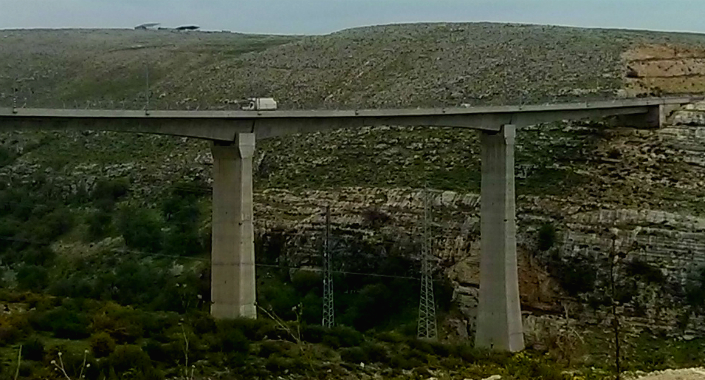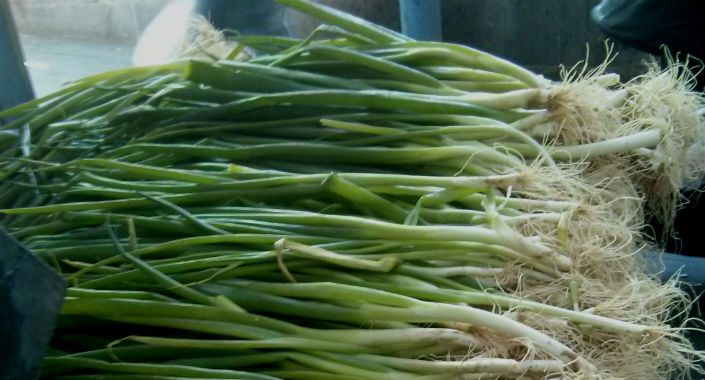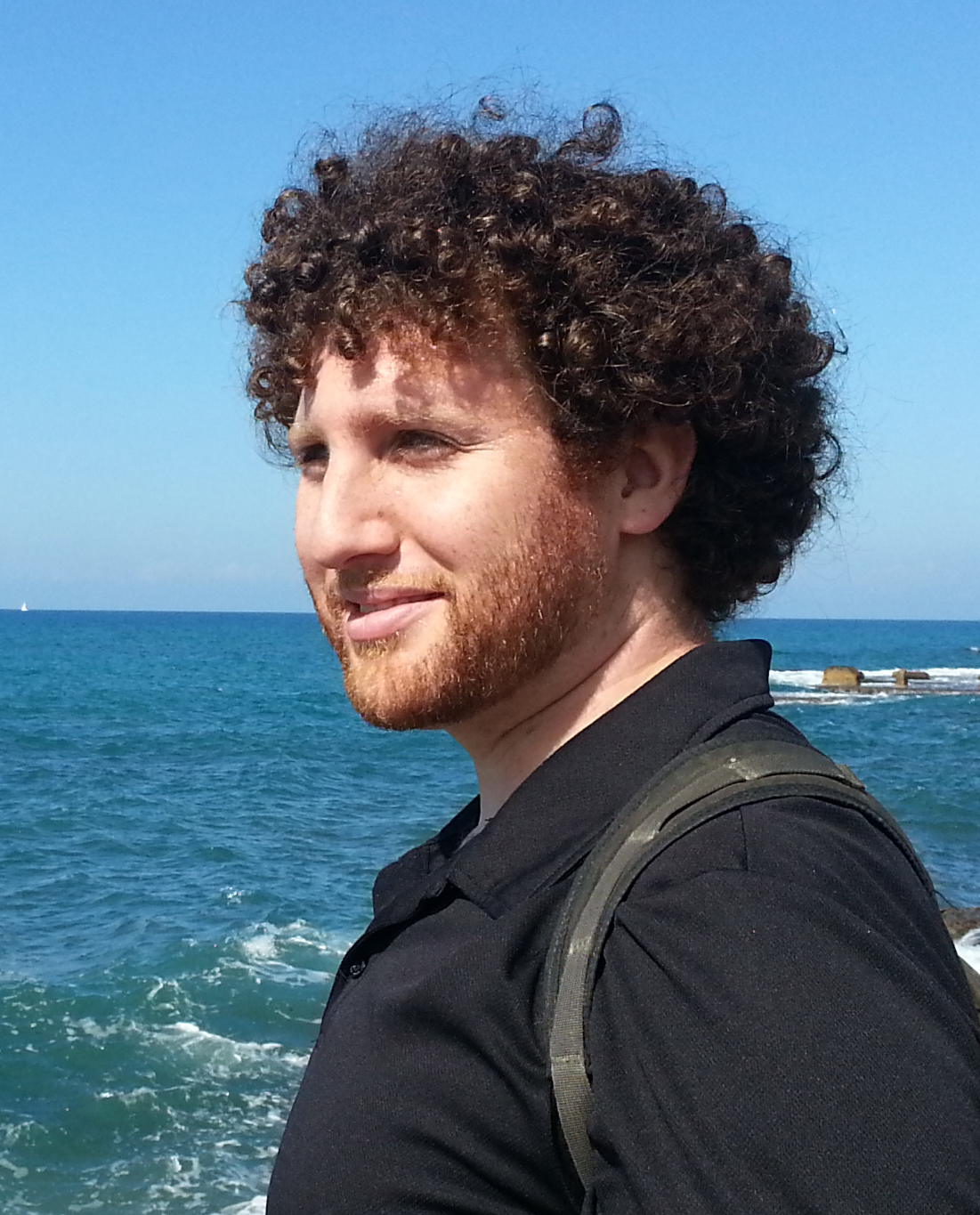
It doesn’t happen often that I stop driving to look at a bridge. Now, I’ll admit that it is my job to show people interesting places and things- but a bridge, and in a country that barely has water?!
The Acbara bridge, which is one of the entrance points to the city of Tzfat, is truly majestic. It appears to be made out of matchsticks as it spans across the large and deep Acbara Valley.
With a height of 80 meters the bridge is the highest in Israel. It stretches to a span of 420 meters over the steep valley.
After the Yom Kippur war (1973) the government decided to build a road that went around Tzfat. The reasons behind this new highway were to ease access to the hospital in Tzfat from the north and to make it easier to transfer troops during a time of war.
There were complications in planning due to the impact of the road and bridge on the environment. Although the decision to build was made in 1973 construction didn’t begin until 2003 and the bridge was completed two years later.
The bridge is basically suspended. There are four pillars that span the eighty meters to the floor of the valley, and iron cords run through the bridge for additional support.
The bridge is designed to hold heavy weights and is used to transport tanks. At the same time the bridge is dynamic and has a bit of swing- it can withstand earthquakes of a magnitude of up to 8.9 on the Richter scale.
In addition to all that- the bridge spanning the beautiful Acbara valley is a breathtaking site. It is a must see to everyone who is visiting Tzfat.



